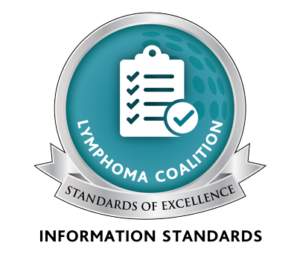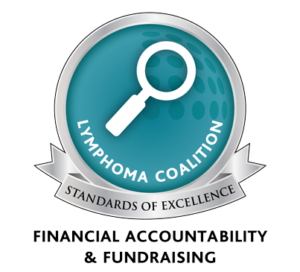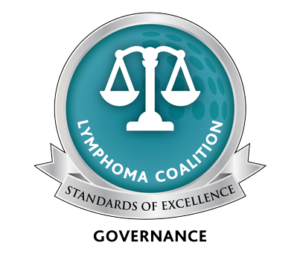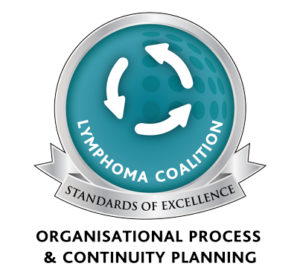Blood is made up of blood cells and components floating in plasma. Plasma is the liquid part of your blood and is mostly made of water.
The bone marrow is the “factory” for blood cells. It contains immature cells which develop into three main blood cells or components:
- Red blood cells (also called erythrocytes). They make up almost half of blood. Red blood cells are filled with hemoglobin. Hemoglobin is a protein that picks up oxygen in the lungs and delivers it to cells all around the body.
- White blood cells (also called leukocytes). They fight disease and infection by attacking and killing germs that get into the body. There are several kinds of white blood cells. Each kind fights germs in different ways.
- Platelets (also called thrombocytes). They are small pieces of cell that help blood clot and stop bleeding.
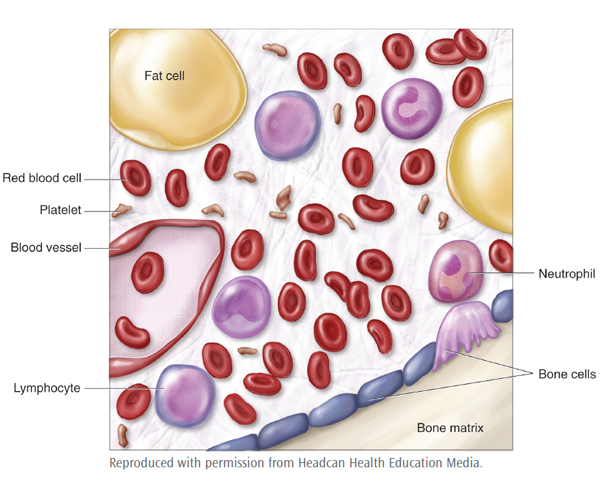
Blood cells are made in the bone marrow. Bone marrow is the soft inner part of some bones. Bone marrow contains blood stem cells that can grow into all 3 types of mature blood cells. When blood cells are fully formed and functional, they leave the bone marrow and enter the blood. When these cells grow old, they die naturally and are continuously replaced by new cells.
Blood and bone marrow cancers
Blood and bone marrow cancers, such as lymphoma or leukemia, attack different parts of your bone marrow. Cancer cells can move other cells in your bone marrow, making it difficult for your body to make the blood cells your body needs. It’s like it’s overcrowded and there’s not enough room for normal cells. Low blood counts are a common side effect of chemotherapy and can lead to serious complications that can delay the next session of your treatment. Your team of healthcare professionals will teach you how to detect the signs of a low blood count. Your team of healthcare professionals will check your blood count regularly.

